Space exploration has always been a testament to human ingenuity, pushing the boundaries of what is technologically possible. Astronauts embarking on missions beyond Earth's orbit face two critical challenges: launching into space and safely returning to our planet. Over the decades, chemical rockets have become the standard for launching astronauts, but the question of the best way to bring them back remains a topic of debate among engineers.
The Age-Old Question: Capsules or Rockets?
For decades, the tried-and-true method of landing astronauts has been through the use of capsules. Boeing and SpaceX, in collaboration with NASA's Commercial Crew Programs, have embraced this approach for sending astronauts to the International Space Station. Their spacecraft, despite boasting advanced technology for many cosmic challenges, still bear a resemblance to the capsules of yesteryears. These capsules rely on their blunt, high-drag shapes and a set of parachutes to decelerate from orbital speeds of 17,000 mph to a safe landing velocity.
Propulsive Landing: A Futuristic Dream
SpaceX, under the visionary leadership of Elon Musk, initially aimed to redefine astronaut landings with a futuristic approach. They advocated for propulsive landings, where rockets would be used to slow the spacecraft down, and extendable legs would help balance it upon touchdown.
Musk's vision was clear: "That is how a 21st-century spaceship should land, anywhere on Earth with the accuracy of a helicopter." While SpaceX has successfully implemented propulsive landings for cargo delivery rockets, adapting it for crewed missions proved to be a time-consuming and costly endeavor, which NASA hesitated to commit to, ultimately leading to a return to traditional parachute-based landings.
Nostalgia and Reality: The Challenges of Sea Landings
Astronaut splashdowns in the sea have a nostalgic aura, with historic missions like Apollo and Mercury adding to their mystique. However, these landings were far from comfortable. For instance, Gus Grissom faced a near-drowning experience, while Scott Carpenter ended up landing 250 miles off course and spent hours in a life raft before rescue. Sea landings, despite their historical significance, come with their set of challenges.
The Soviet/Russian Approach: Landing on Land
While NASA opted for sea landings, the Soviet and Russian space program has consistently chosen to land their spacecraft on solid ground. The Soyuz spacecraft, which first launched in 1967, has been following this practice. However, astronauts who have experienced landings on land describe it as a series of explosions followed by a car crash. It's certainly not a comfortable ride, especially after spending extended periods in space.
The Art of Re-Entry
A successful return to Earth and a safe landing requires precise orchestration. Once a mission is complete and the shuttle is halfway around the world from the landing site, a series of steps are initiated.
- Closing the cargo bay doors.
- Firing the Reaction Control System (RCS) thrusters to turn the orbiter tail-first.
- Slowing down using the Orbital Maneuvering System (OMS) engines.
- Pitching the orbiter over to face the atmosphere.
- Burning off leftover fuel to handle the extreme heat of re-entry.
Surviving the Heat
Re-entry is a critical phase where the orbiter encounters extreme heat due to friction with the Earth's atmosphere. The shuttle is equipped with specialized insulating materials, such as reinforced carbon-carbon, high-temperature black surface insulation tiles, and white Nomex blankets, to protect it from the intense heat. The materials are designed to absorb and dissipate heat efficiently.
At this point, the spacecraft takes on a lifting body design, enabling it to generate lift with relatively small wings. Flight computers take control, and the spacecraft makes a series of banking turns to reduce its descent speed. The commander uses radio beacons to line up with the runway and control the final approach.
The Final Approach
As the orbiter approaches the landing site, it goes through a series of maneuvers, making S-shaped, banking turns to reduce descent speed. The commander uses radio beacons to align the orbiter with the runway and control its descent. The steep descent angle, around minus 20 degrees, is significantly steeper than that of a commercial airliner.
Touchdown and Deceleration
At around 2,000 feet above the ground, the commander initiates the nose-up maneuver to reduce descent rate. The landing gear is deployed, and the orbiter touches down. The commander then deploys the speed brake on the vertical tail, and a parachute is activated to further slowdown the orbiter. This combination of mechanisms ensures a controlled deceleration.
Post-Landing Procedures
After a successful landing, the crew follows a set of post-landing procedures to power down the spacecraft. This includes cooling the orbiter and venting noxious gases generated during re-entry. Ground crews are on hand to provide immediate assistance and servicing to the orbiter.
Conclusion
The art of astronaut landings is a critical aspect of space exploration. While capsules and parachutes have a rich history, space agencies and private companies continue to explore innovative approaches for safer and more comfortable returns to Earth. Whether it's the nostalgia of sea landings or the rough experiences of landings on solid ground, each method has its unique challenges and characteristics.
With Inputs from How Stuff Works, Smithsonian
Read next
Air India Launches Peer Support Program for Pilots and Travel Insurance Partnership
Abhishek Nayar
21 Oct 2023
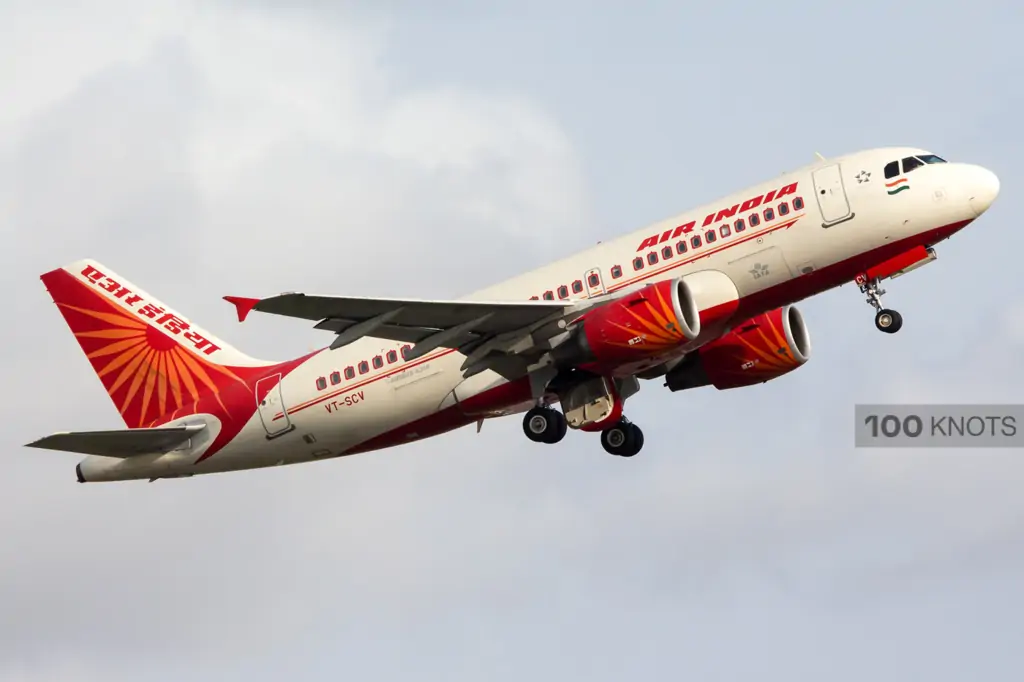
In a move aimed at prioritizing the well-being of its pilots and enhancing customer experience, Air India has launched a Peer Support Program (PSP) for its pilots and entered into a partnership with Tata AIG General Insurance to provide travel insurance.
These strategic initiatives reflect the airline's commitment to promoting mental health among its flight crews while simultaneously offering its passengers comprehensive travel insurance coverage.
Supporting Pilot Well-being
Air India's PSP Initiatives
Air India's Managing Director and CEO, Campbell Wilson, recently announced the launch of a Peer Support Program (PSP) for its pilots. This program is designed to offer mental health support and assistance to the airline's flight crews. The initiative was prompted by the Directorate General of Civil Aviation's (DGCA) recommendation to all airlines to establish such programs in order to enhance the mental well-being of aviation professionals.
Confidential Support
The PSP ensures complete confidentiality for pilots seeking assistance. It connects them with professionals and mental health specialists who are trained to address the unique challenges faced by aviation professionals. This initiative recognizes the demanding nature of the aviation industry and the critical role mental well-being plays in ensuring the safety and efficiency of flight operations.
Buddy.AI
In addition to the professional support, Air India has also introduced Buddy.AI, a program that enables pilots to connect with trained volunteers who share similar professional backgrounds and a deep understanding of the challenges specific to the aviation industry. This peer-to-peer support network allows pilots to lean on each other for assistance and guidance, fostering a sense of community and solidarity.
Embracing the Latest Science and Thinking
Air India's Association with EAAP
In a bid to stay at the forefront of mental health support in aviation, Air India has joined the European Association for Aviation Psychology (EAAP). This strategic partnership ensures that the airline remains fully informed about the latest scientific developments and best practices in aviation psychology. By aligning with EAAP, Air India demonstrates its commitment to promoting the mental health and well-being of its flight crews.
Travel Insurance Partnership with Tata AIG General Insurance
Enhancing Passenger Experience
In addition to its focus on pilot well-being, Air India has taken steps to enhance the overall customer experience. The airline has partnered with Tata AIG General Insurance to offer travel insurance to its passengers. This partnership provides travelers with the opportunity to protect themselves against a range of travel-related financial risks, including medical emergencies, travel disruptions, baggage issues, and passport loss.
Seamless Integration
To make the travel insurance process convenient for customers, Air India has integrated it into its website booking flow and contact centers. This ensures that passengers have easy access to comprehensive travel insurance coverage when booking their flights. The integration also streamlines the process for the airline's staff, making it efficient and hassle-free for all parties involved.
Conclusion
Air India's recent initiatives, the launch of the Peer Support Program for pilots and the partnership with Tata AIG General Insurance, reflect the airline's commitment to prioritizing the well-being of its flight crews and enhancing the customer experience. These strategic moves reinforce the importance of mental health support in the aviation industry and offer passengers greater peace of mind when embarking on their journeys. As Air India continues to adapt and innovate, it sets an example for the industry by ensuring that both its employees and customers are well taken care of.
With Inputs from Times of India
Read next
India's civil aviation sector is poised for substantial growth as air traffic continues to rise. A senior government official has revealed that one of the country's major airports is exploring the possibility of doubling the number of flight slots, a move that will undoubtedly lead to an increase in the overall number of flights. With approximately 2,900 daily flight departures, India's aviation industry has been on a steady ascent, making it one of the world's fastest-growing aviation markets.
The Upward Trajectory of India's Aviation Sector
India's civil aviation industry has been experiencing a significant upsurge in recent years. With a population of over 1.3 billion people and an expanding middle class, more and more Indians are taking to the skies for business and leisure travel. The country's growing economy has translated into a burgeoning demand for air travel, leading to a substantial increase in air traffic.
In the global context, India has emerged as one of the world's fastest-growing civil aviation markets, with passengers and cargo traffic on a constant upward trajectory. This growth has brought both opportunities and challenges to the sector.
Government Official Hints at Doubling Flight Slots
A senior government official, Civil Aviation Secretary Vumlunmang Vualnam, recently made a significant announcement during an event organized by the ATC Guild, India. He stated that the number of flights in the country is set to rise. While not providing specific details, he revealed that one of India's major airports is actively exploring the potential to double the number of flight slots.
This revelation marks a pivotal moment in India's aviation history, potentially opening the door for even more significant growth and opportunities in the sector. Doubling the flight slots would not only accommodate the rising demand but also enhance the country's aviation infrastructure.
The Role of Air Traffic Controllers (ATCs)
With the increase in the number of flights and flight slots, the role of Air Traffic Controllers (ATCs) becomes increasingly critical. ATCs are responsible for ensuring the safe and efficient movement of aircraft in the skies and on the ground. As air traffic continues to soar, ATCs will play a pivotal role in maintaining safety and order in the skies.
Preparation for this surge in air traffic is essential. ATCs will need to undergo training and possibly recruitment, and airports may need to upgrade their infrastructure to handle the increased workload effectively.
The Economic Implications
The potential doubling of flight slots in India carries significant economic implications. Senior Economic Advisor Piyush Srivastava pointed out that this expansion could lead to job creation and economic growth. A higher number of flights means more opportunities for businesses, tourism, and trade, ultimately contributing to the nation's economic development.
The Aviation Industry's Response
The aviation industry and organizations like ATC Guild India are aware of the challenges and opportunities that lie ahead. Collaboration among stakeholders, including government agencies, airports, and ATCs, will be vital to ensuring a smooth transition into this new phase of aviation growth. Planning and coordination will be essential to maintain safety, efficiency, and the quality of service for passengers.
Conclusion
India's aviation sector is on the cusp of an exciting transformation with the possibility of doubling flight slots at a major airport. As the nation's air traffic continues to rise, stakeholders must work in unison to ensure a smooth transition and capitalize on the economic benefits that come with this expansion.
Additionally, the role of air traffic controllers in managing this growth will be pivotal, emphasizing the need for adequate training and infrastructure improvements. With careful planning and collaboration, India can look forward to a thriving aviation industry that serves as a catalyst for economic development and connectivity.
Read next
SpiceJet Complies with Supreme Court's Directives on Credit Suisse Payments
Abhishek Nayar
21 Oct 2023
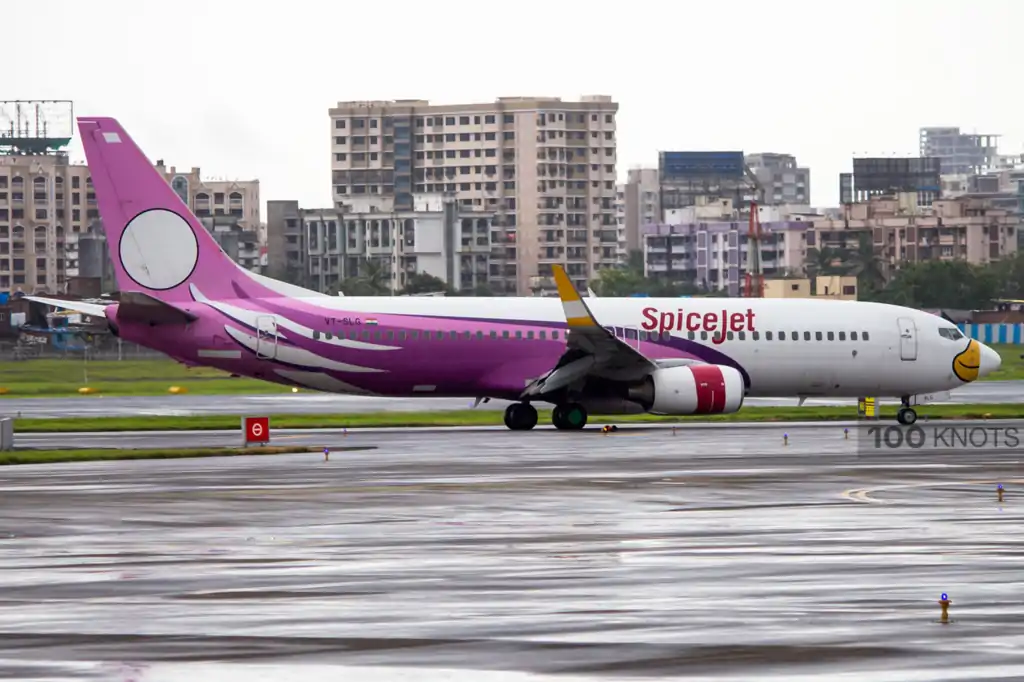
In a recent development, SpiceJet, one of India's prominent domestic airlines, has informed the Supreme Court that it has met the court's requirements regarding payments to Credit Suisse. Credit Suisse, on the other hand, has acknowledged the receipt of these payments but has urged the Supreme Court to continue overseeing the matter. This ongoing legal dispute, which dates back to 2015, revolves around Credit Suisse's claim of unpaid dues of approximately $24 million, resulting in a Madras High Court order to wind up the airline in 2021.
Compliance with Court's Directives
SpiceJet's legal representatives confirmed the airline's commitment to making monthly payments of $1 million for the next six months, as per the Supreme Court's directives. The court had earlier instructed the low-cost carrier to adhere to this payment plan. Following the initial six-month period, the airline is expected to continue monthly payments of $500,000.
Credit Suisse's Stance
While Credit Suisse has acknowledged receiving payments from SpiceJet, the bank has expressed the need for continued oversight of the situation. The bank's position seems to be driven by a history of unpaid dues and delays in compliance with previous court orders.
In March, Credit Suisse approached the Supreme Court, seeking to initiate contempt proceedings against SpiceJet and its Chairman and Managing Director, Ajay Singh. The bank cited "willful and intentional disobedience" of court orders and a failure to pay dues amounting to $4.5 million as the reasons behind their move.
The Long-Running Legal Dispute
This legal dispute between Credit Suisse and SpiceJet has been ongoing for nearly a decade. It began in 2015 when Credit Suisse claimed that the airline owed around $24 million in unpaid dues. The situation escalated, eventually leading to the Madras High Court's order to wind up the airline in 2021.
SpiceJet, however, continued its operations and eventually reached a settlement plan with Credit Suisse. This plan required the airline to make monthly payments towards settling its outstanding debts. Despite agreeing to the settlement, the dues were not paid, prompting Credit Suisse to take legal action.
Supreme Court's Oversight and Post-Diwali Review
The Supreme Court, in its recent decision, has chosen to monitor the progress of the monthly payments made by SpiceJet to Credit Suisse. The court has also announced its intention to revisit the case post-Diwali, indicating a determination to see that the matter is resolved in a timely and equitable manner.
Conclusion
The legal battle between SpiceJet and Credit Suisse over unpaid dues continues to be a matter of significant concern for both parties. While SpiceJet has affirmed its commitment to complying with the Supreme Court's directives, Credit Suisse remains vigilant and emphasizes the need for continued oversight.
The Supreme Court's decision to review progress and hear the matter post-Diwali reflects its dedication to resolving this protracted dispute and ensuring that justice is served. As the case unfolds, the aviation and financial industries will be watching closely to see how this dispute ultimately reaches its conclusion.
With Inputs from CNBC TV 18
Read next
Air India has started an interactive programme to hire students from business schools as the airline expands its fleet and operations. The Tata Group-owned carrier started SOAR (Spirit of Aviation Reimagined) in August and is a first-of-its-kind student interactive programme in the aviation industry. This unique move to engage fresh talent in the nuances of the aviation sector will go a long way in augmenting Air India's employee pool with the best talent, it said in a release on Thursday, October 19.
SOAR is the airline's business challenge-based annual nationwide B-school competition and part of its campus outreach programme. The loss-making carrier, which has embarked on a five-year transformation journey under the Tata Group, said its talent augmentation drives over the last year have been receiving overwhelming response from the market and leading institutes with the initial recruitment drive for management post-graduates drawing response from over 25,000 applicants in just about one week.
“Air India is actively redefining its role within the aviation sector, and our campus visits are more than just recruitment efforts. We invite the most promising young talents to embark on this thrilling journey of innovation and leadership in the aviation industry. Our goal is to foster a culture of excellence and actively shape the future of aviation. SOAR serves as a platform that mutually benefits the industry, academia, and students,” stated Dr. Suresh Dutt Tripathi, Chief Human Resources Officer at Air India. Air India has around 15,000 employees.
On Thursday, October 19, the airline announced that Team Horizon of IIM Bangalore has emerged as the winner in the first edition of SOAR. Team JMH, representing IMT Ghaziabad, was the first Runners-Up, while the teams Republic of Restless, representing IIM Shillong, and Horizon, representing IIFT, emerged as joint winners for the second Runners-Up position in the competition that saw 27 premier business schools vying for the top honours, the release said.
Transformation of Air India
Earlier this year, Air India placed orders for 470 aircraft from Airbus and Boeing. The deliveries of the new planes will start from November this year. Tata Group took control of Air India from the government in January last year.
Air India Group, which has embarked on ambitious expansion plans, is expected to take delivery of a new aircraft every six days on average till the end of 2024. The group, comprising Air India, Air India Express, AIX Connect and Vistara, is owned by the Tatas, which is also in the process of consolidating its airline business.
"Air India Group to take delivery of one new aircraft every six days on an average till the end of 2024," Air India Chief Executive Officer and Managing Director Campbell Wilson said on October 18. Air India Express is in the process of merging AirAsia India with itself while Vistara will be getting merged with Air India. Vistara is 51% owned by Tatas, and the remaining 49% is with Singapore Airlines.
Air India has a fleet size of 113 aircraft of which 87 planes were operational as of September. These included 54 narrow-body airplanes and 33 wide-body aircraft. The inoperative 16 narrow-body aircraft and 10 wide-body aircraft are expected to return to service by early 2023.
With an ageing fleet, the airline has to refurbish planes consistently. As of date, the airline has to refurbish nine more grounded aircraft and 19 aircraft, which were previously grounded have returned to the skies. With the latest announcement, the fleet size of Air India will increase to 149 from 113 currently
Read next
SpiceJet Penalised INR 20 Lakh by DGCA for Deficiencies in Pilot Training
Radhika Bansal
20 Oct 2023
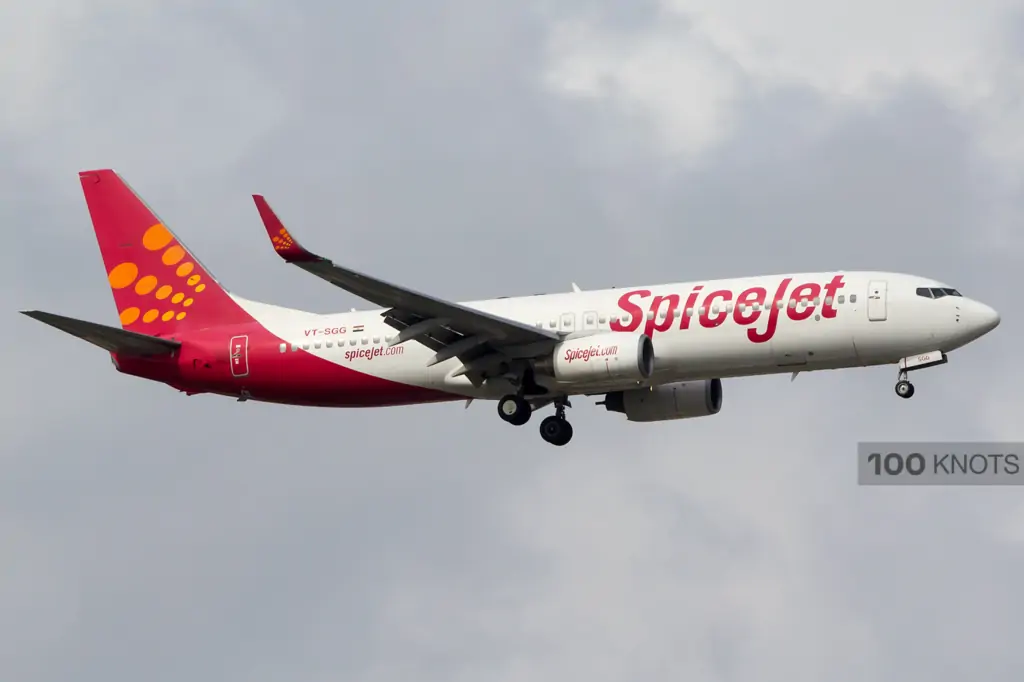
The Directorate General of Civil Aviation (DGCA) has levied a penalty of INR 20 lakh on SpiceJet for alleged deficiencies in pilot training and has also suspended the airline’s head of training for three months, according to the orders issued recently, reports The Times of India.
The DGCA issued the two orders on October 13 based on the findings of a three-day inspection of the airline’s main base in Gurgaon, conducted by the regulator’s flight standard directorate in the last week of March. Last year, the DGCA issued a show-cause notice to the carrier for training its Boeing 737 MAX pilots on a faulty simulator.
It found that SpiceJet was operating flights with pilots who hadn’t complied with the regulations of flight crew training and qualification, stated one of the orders issued by Ravindra Kumar, director, of the flight standard directorate, DGCA. The DGCA issued a show cause notice to SpiceJet on July 17, but found its response to be “unsatisfactory”. It ruled that the airline’s accountable manager had failed in his duties, and asked to pay the fine within 30 days.
In a second order issued on the same date, the DGCA said that during its March inspection, they found that "several pilots had not undergone certain mandatory exercises during their pilot proficiency check and instrument rating check". In a proficiency check, done twice a year, pilots have to demonstrate their competence in carrying out normal, abnormal and emergency procedures on each variant of a type of aircraft they fly. A second show-cause notice followed and the airline's response was again found unsatisfactory. The airline's head of training had failed to ensure the compliance of the provisions about flight crew training, the order said.
The airline’s head of training had failed to ensure the compliance of the provisions about flight crew training, the order said. During the proficiency check, conducted twice a year, pilots have to demonstrate competence in normal, abnormal and emergency procedures on each variant of the airline’s aircraft.
Previous Cases with the Airline
This isn’t the first time that SpiceJet has been pulled up by the DGCA. In July last year, the DGCA imposed restrictions on it, after many incidents which showed poor internal safety oversight and inadequate maintenance actions. It also faced restrictions on its capacity due to safety concerns.
The DGCA has already discovered problems with SpiceJet's pilot training procedures. The company was penalised last year for using a malfunctioning 737 MAX simulator to train its pilots. SpiceJet was asked to pay more than USD 12,000 in fines because it was unable to respond satisfactorily to questions regarding the flaws in its training procedures.
Due to insufficient training, almost 90 of the carrier's pilots were prohibited from operating Boeing 737 MAX aircraft. Before returning to a MAX cockpit, they were ordered to complete another round in the simulator.
More recently, DGCA also stopped Air India's widebody and narrowbody simulator training facilities after discovering flaws in its inspections. After completing its own internal examination, Air India was eventually permitted with conditions to restart these facilities and ordered to provide a report.
(With Inputs from The Times of India)

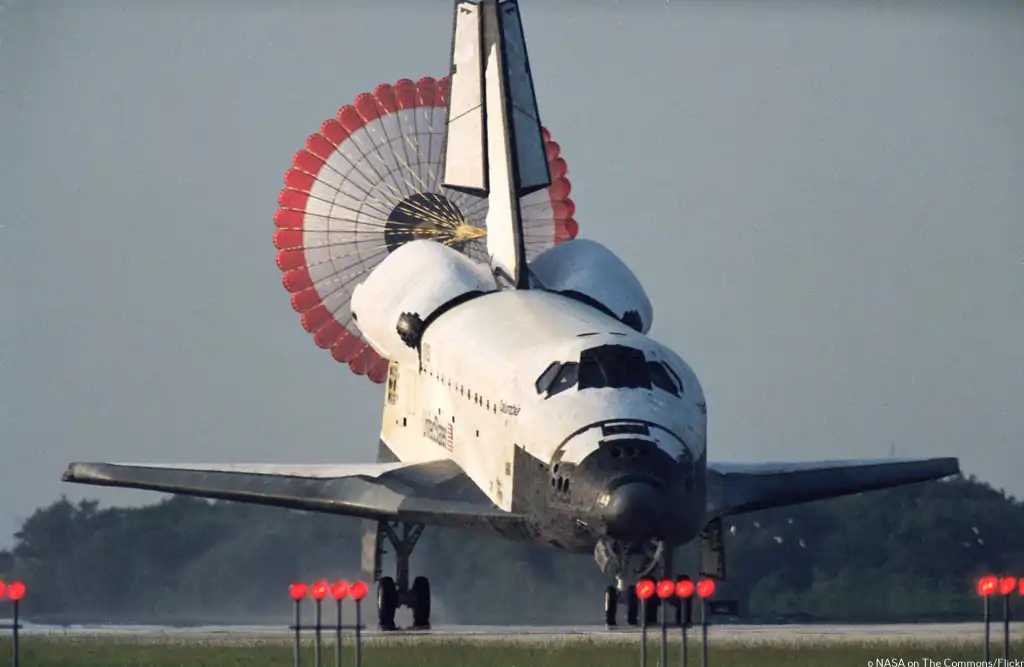
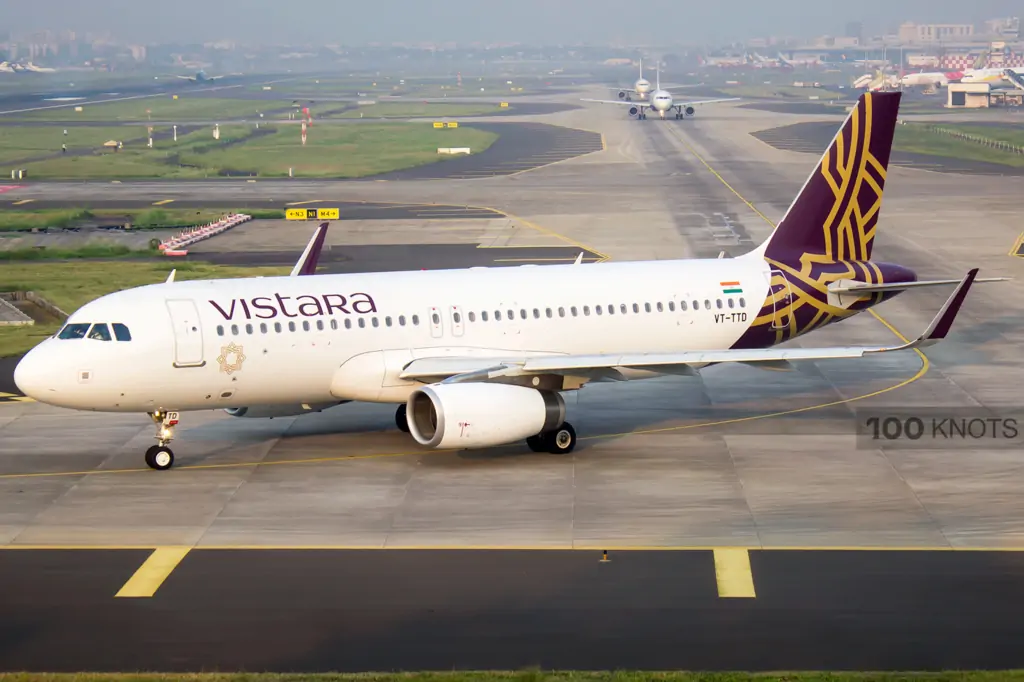

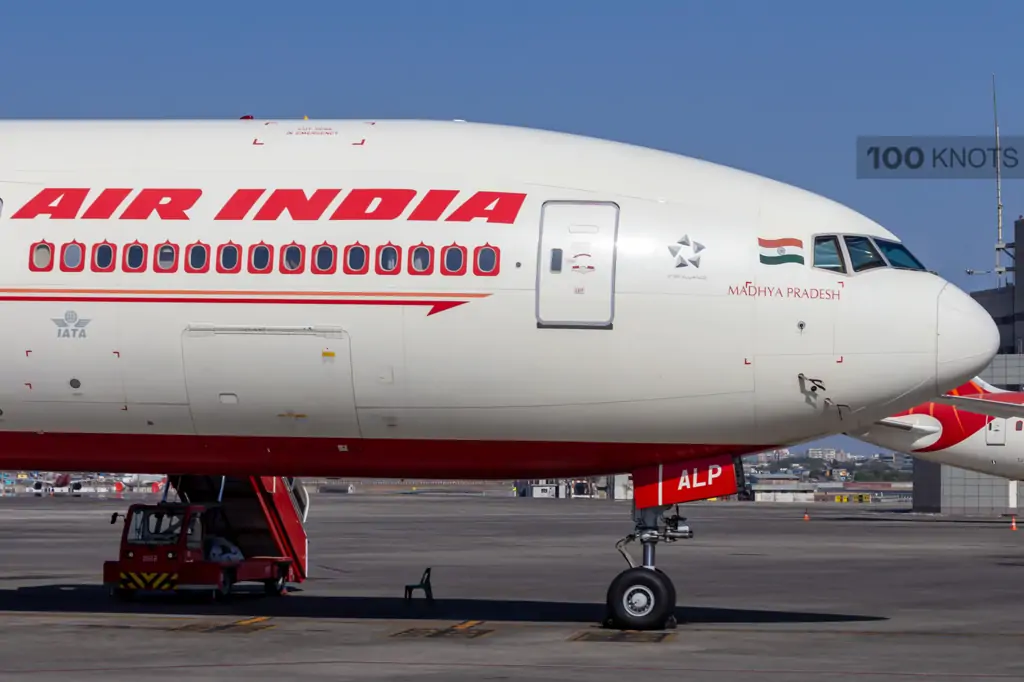
Comment